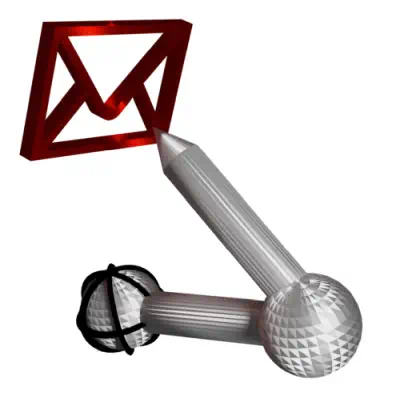AyMINE – Technical documentation
Modules
Integration with ERP Abra Gen
 Task, project & quality management
Task, project & quality management
Manager approval with the task report
Why some data can't be deleted
GDPR and record of qualifications
Qualification of user or contact
Right to Manage Qualifications
Adminitration of areas, projects, calendars
Failure Analysis for an Individual Property of a Component or Process
FMEA – Probability of Detection
FMEA – Probability of Occurrence
 Task, project & quality management
Task, project & quality management
Administration of the Task Management Module
System rights for the task management module
Improvements and Preventive Measures
Methodology and Quality Management systems
What makes up the methodology / SMJ
Problems, tickets and their management
Collaborative Resolution of Multiple Problems
Customer Service Response Generation
Incident and Quality Issue Management
Objects affected by the problem
Problems, Incidents, Helpdesk Tickets
Return project plan by baseline
Sample tasks and methodologies of the area
Effect of the task on the right to modify the attached object
The person responsible for the task
Working procedure – task definition
Management of responsibilities - RACI Matrix
Objects related to the task pattern
 Contacts and directories module (CRM)
Contacts and directories module (CRM)
Address book list and management
Directory or people and companies
Order overview for customer groups
 Contacts and directories module (CRM)
Contacts and directories module (CRM)
System Permissions and CRM Module Settings
Send bulk messages in compliance with GDPR
How to correctly forget a person's details
Unsubscribe and set preferences
for bulk mail
 Web management and automation
Web management and automation
Receiving a message from the web
Human resources
Personalistics – User Permissions and roles
Human Resources module security
Manage department / division data
Overview of Personnel Information for pracov# Employment Contract
Synchronizing staff and system users
 Products, assets and sales
Products, assets and sales
Creating and processing orders
Manage the Property & Business module
Why are the Quality criteria usefull
Managing Finance
Metrics and Measurements
Work summaries from generated data
Technical Modules
Sabre plugin module
Enterprise Architect connector
Database link to Enterprise Architect database
Enterprise Architect connector
System Modules
 The AyMINE Framework Module
The AyMINE Framework Module
AyMINE — Tips for Mobile Usage
Configure how your system looks and works
Gestures and Keyboard Shortcuts
More about how the system works
Private notes and tags for objects
Overview of Modules and Record Types
 Problems, tickets and their management
Problems, tickets and their management 
Problems represent a wide range of needs to address deficiencies, whether they are part of a production, product, service or process
The general term problem and record of this type mean situations where everything is not as it should be:
Problem, mismatch and incident management
An internal quality system identifies deficiencies and deviations from rules in workflows, outputs or records. These problems need to be addressed and eliminated.
Problems of mismatch management, deficiency elimination and preventive measures are addressed here.
8D report
8D report is a way of managing problems in production – you can learn more about it here. AyMINE provides complete support for generating and managing 8D reports, this page is dedicated to.
Customer Center or helpdesk ticket
The term ticket, or ticket in Czech, is often used for a problem solved by a customer centre. In AyMINE, helpdesk ticket is one type of problem.
Problems of this type solves customer support. Support for quick answers about the solution is also used especially for the needs of the helpdesk – see more information about generating answers to tickets.
Internal helpdesk
The internal helpdesk makes sure that workers have everything they need to work efficiently without delay.
Support for the internal helpdesk is dealt with in this chapter.
Next Related Objects
- Problems should be prevented by preventive measures
- The risk of a problem occurring in projects, contracts and day-to-day company management is monitored within risks.